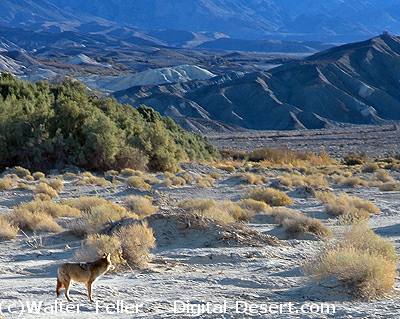Desert Indians
Prehistoric Cultures in Death Valley
Pleistocene Era
-
During the Pleistocene Era, a period that witnessed a cool, moist climate
south of the continental ice sheets, these rivers formed an integrated
drainage system, along with several extensive lakes, including Lake Mojave,
that ultimately drained into Death Valley, forming pluvial Lake Manly.
Evidence of human occupation during the Pleistocene Era remains a controversial
subject.
Lake Mojave Period, 10,000-5000 B.C.
-
Claims have been made for archeological assemblages dating to times
earlier than the Lake Mojave period, but all are debatable and have little
...
Pinto Period, 5000–2000 B.C.
-
Dramatic environmental changes came to the Mojave Desert with the end
of the Pleistocene Era, characterized by harsh climatic conditions with
...
Gypsum Period, 2000 B.C.–A.D. 500
-
The beginning of the Gypsum period coincided with the commencement of
a more moist climatic era, often referred to as the Little Pluvial, about
...
Saratoga Springs Period, A.D. 500–1200
-
During this period, large village sites, such as Saratoga Springs in
Death Valley, were developed. The settlement pattern in these places appears
...
Shoshonean Period, 1200 A.D.–Euro-American Contact
-
The Shoshonean period clearly anticipates the historic Native Americans
with evidence of bow and arrow hunting, exploitation of plant resources
...
(source - NPS)

Furnace Creek